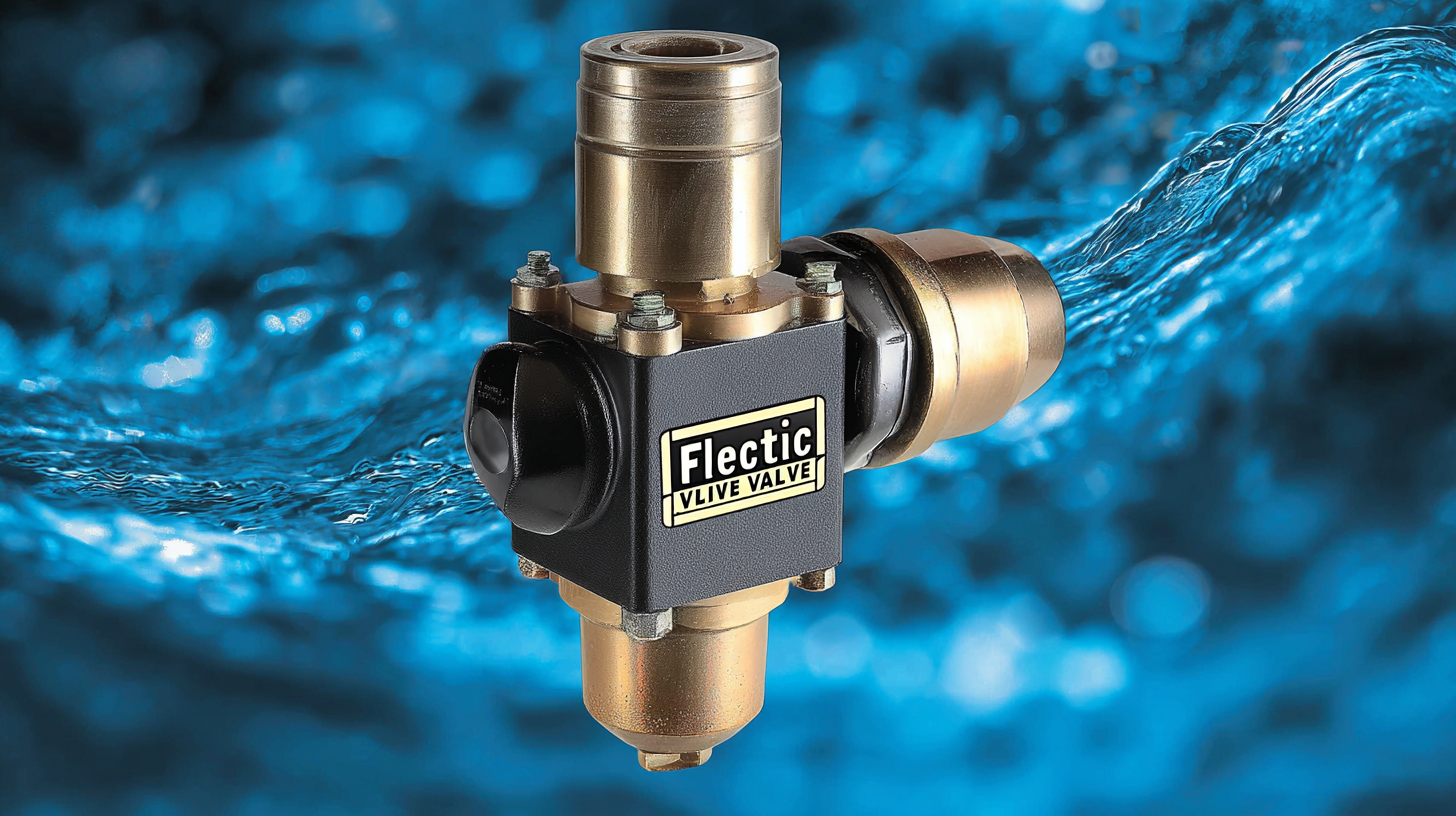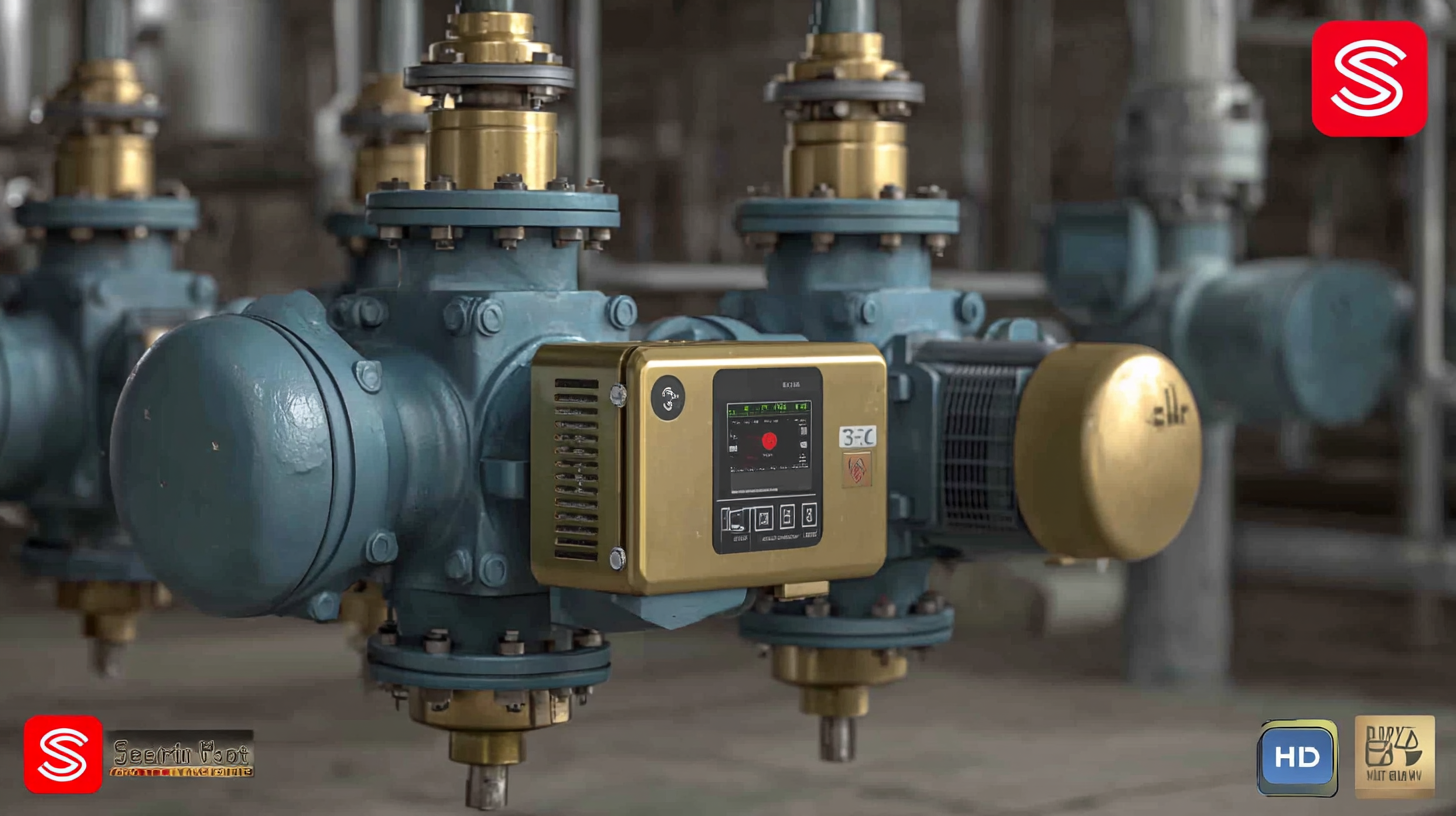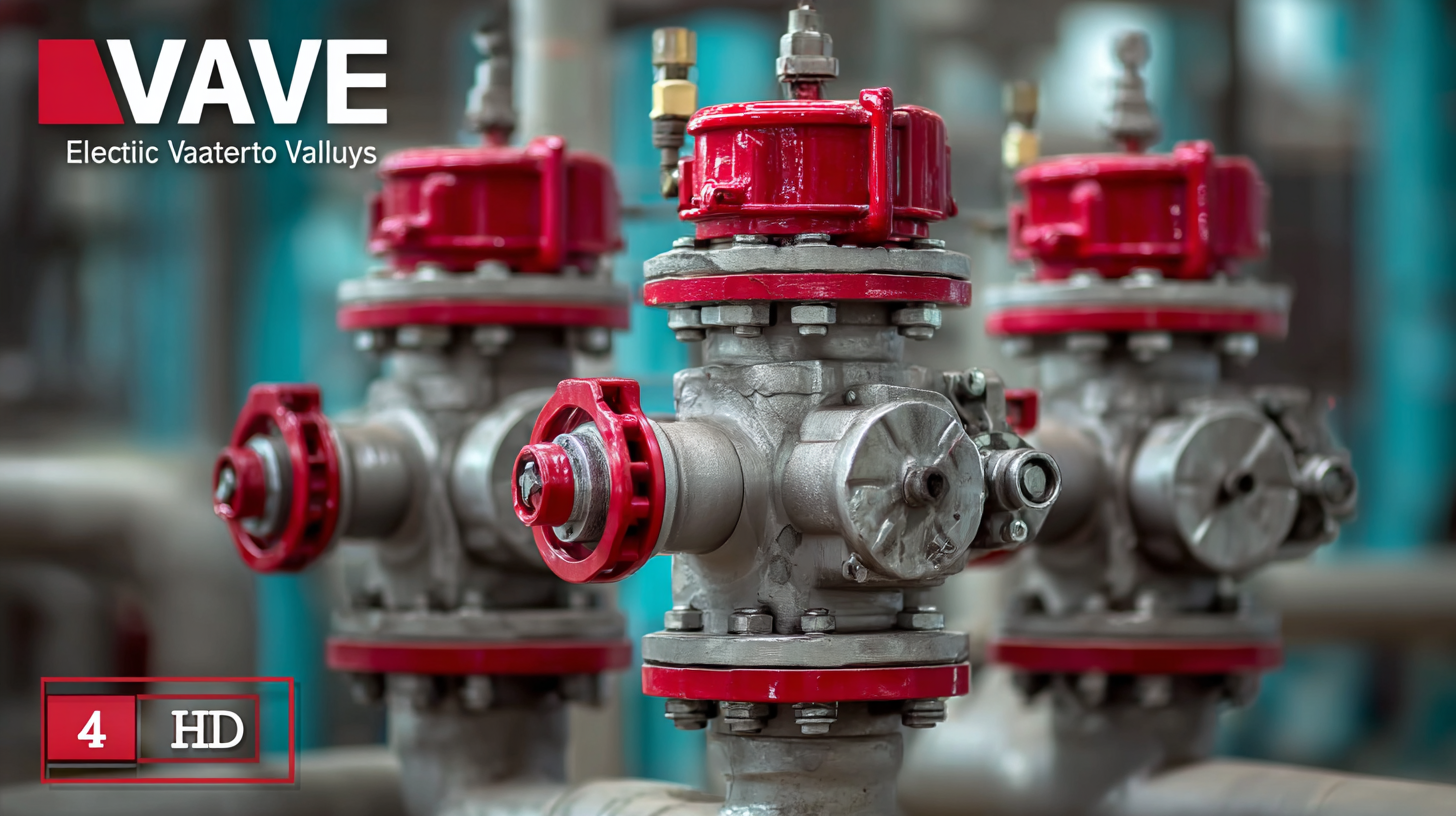
-
Home
-
Products
-
About Us
-
Application Cases
-
CLIENT & FACTORY
-
Test
-
News
-
Contact Us
Leave Your Message

In today's industrial landscape, efficiency and safety are paramount, driving manufacturers to seek innovative solutions that enhance operational performance. One such innovation is the Electric Float Valve, a crucial component in fluid management systems. According to a recent report by Frost & Sullivan, the global industrial valve market is projected to reach $80 billion by 2025, with electric actuated valves gaining significant traction due to their precision and reliability. The integration of Electric Float Valves not only streamlines processes by ensuring accurate fluid levels but also reduces operational hazards, thus safeguarding personnel and equipment. As China solidifies its position as a manufacturing powerhouse, producing high-quality components for global markets, the adoption of Electric Float Valves emerges as a key strategy to bolster industrial productivity and maintain competitive advantage.

Electric float valves have become pivotal in enhancing industrial efficiency and safety by providing precise fluid control. These innovative devices utilize a float mechanism to automatically regulate the flow of fluids, ensuring consistent levels in tanks and reservoirs. According to a report by MarketsandMarkets, the global market for electric float valves is expected to grow at a CAGR of 6.5% from 2021 to 2026, fueled by increasing automation in various industries. Their design allows for seamless operation, minimizing human intervention and potential errors, which is essential for maintaining safety standards in high-stakes environments.
Implementing electric float valves can significantly reduce operational risks. One of the standout features is their ability to detect fluid levels accurately, activating or deactivating pumps and valves as necessary. This functionality not only prevents overflow but also saves energy and resources by optimizing fluid use. Tips for selecting the right electric float valve include assessing compatibility with your existing systems and considering the material specifications based on the type of fluids managed.
Moreover, electric float valves can integrate with smart control systems, providing real-time monitoring and analysis. This connectivity is crucial in industries such as pharmaceuticals and chemicals, where fluid management is critical for compliance and safety. It's important to regularly maintain these valves to ensure efficiency; simple checks can prevent costly downtimes and enhance operational reliability.
Electric float valves are widely recognized for their role in enhancing industrial efficiency and safety. However, as industries evolve, the need for alternative solutions that can match or surpass the benefits of electric float valves has become increasingly apparent. Some industries are opting for pneumatic or mechanical float valves, which can offer unique advantages in specific applications.
Reports indicate that pneumatic float valves can operate effectively in environments with limited electrical access. According to a study by the International Journal of Engineering Research, pneumatic systems can achieve response times of less than 0.5 seconds, making them suitable for applications where rapid actuation is crucial. Additionally, with a growing emphasis on safety, mechanical float valves, which function through buoyancy without reliance on electricity, are gaining traction in hazardous settings where electrical sparks could pose a risk.
 Moreover, energy consumption is a significant consideration for modern industries. The U.S. Department of Energy highlights that pneumatic systems can reduce energy costs by up to 30% compared to their electric counterparts in specific applications. This not only enhances cost efficiency but also aligns with sustainability goals as industries strive to reduce their carbon footprint. As a result, exploring these alternatives to electric float valves could provide a pathway for increased operational efficiency and enhanced safety in diverse industrial applications.
Moreover, energy consumption is a significant consideration for modern industries. The U.S. Department of Energy highlights that pneumatic systems can reduce energy costs by up to 30% compared to their electric counterparts in specific applications. This not only enhances cost efficiency but also aligns with sustainability goals as industries strive to reduce their carbon footprint. As a result, exploring these alternatives to electric float valves could provide a pathway for increased operational efficiency and enhanced safety in diverse industrial applications.
When considering fluid control in industrial applications, the choice between electric float valves and traditional float solutions often presents a significant impact on operational efficiency. Electric float valves leverage advanced technology, providing precise control over liquid levels with minimal human intervention. This automation reduces the risk of human error, enhances responsiveness to changes in liquid levels, and allows for remote monitoring and control. In contrast, traditional float solutions rely heavily on mechanical components that can wear out over time, leading to inconsistencies in performance and increased maintenance costs.
Another critical aspect to consider is safety. Electric float valves are designed with fail-safe features and can be integrated with modern control systems, minimizing the risk of overflow or equipment damage in high-pressure environments. Traditional float valves, while reliable, may not offer the same level of safety due to their mechanical nature, which can lead to failures in critical situations.
Moreover, in terms of installation and space efficiency, electric float valves often require less physical space and can be simpler to integrate into existing systems, compared to the bulkier traditional options. As industries continuously strive to enhance safety and efficiency, electric float valves emerge as a compelling choice for modern fluid management needs.
Electric float valves are crucial components in industrial systems, enhancing safety protocols by providing automated control over fluid levels. These valves help prevent overflow and dry running, which can lead to hazardous conditions. By ensuring that tanks and reservoirs are maintained within safe operational limits, electric float valves significantly reduce the risk of accidents and environmental damage. Their ability to promptly respond to changing fluid levels enhances situational awareness for operators, contributing to a more secure working environment.
Moreover, the integration of electric float valve systems into industrial processes streamlines operations and minimizes human error. Traditional manual controls are often prone to mistakes, but electric float valves offer precise monitoring and quick adjustments without the need for constant supervision. This automation not only improves the efficiency of fluid management but also ensures compliance with safety regulations. In industries where safety is paramount, such as chemicals and oil and gas, the adoption of electric float valves can safeguard personnel and assets while optimizing productivity.
| Aspect | Description | Impact on Efficiency | Impact on Safety |
|---|---|---|---|
| Automatic Control | Regulates fluid levels automatically without manual intervention. | Reduces downtime and improves operational efficiency. | Minimizes human error, lowering risk of accidents. |
| Leak Detection | Sensors promptly alert operators to leaks. | Prevents product loss and potential environmental damage. | Enhances safety by addressing leaks quickly. |
| Durability | Manufactured from high-quality materials to withstand harsh conditions. | Lowers maintenance costs and increases uptime. | Ensures reliable operation under extreme conditions, boosting safety. |
| Remote Monitoring | Allows operators to monitor valve performance off-site. | Enables quick adjustments, enhancing workflow efficiency. | Improves response time to unsafe conditions. |
| Energy Efficiency | Optimizes power used in valve operations. | Reduces energy costs and operational overhead. | Less energy consumption equals lower risk of overheating. |
Electric float valves play a crucial role in maximizing industrial efficiency, particularly in areas such as boiler feedwater treatment. These valves are essential for maintaining optimal water levels in boiling systems, ensuring smooth operations and preventing potential system failures. Implementing best practices for valve implementation not only enhances productivity but also enhances safety within industrial environments.
Tips for successful valve implementation include regularly monitoring valve performance and integrating smart technologies that allow for real-time data analysis. This proactive approach minimizes disruptions in production and helps address operational challenges swiftly, maintaining the vital feedwater supply needed for boilers. Additionally, training personnel on the importance of valve maintenance and recognizing early signs of wear can further contribute to operational reliability.
Another effective practice is to assess the entire water treatment process alongside valve implementation. By optimizing related components and leveraging energy-efficient technologies, industries can create a more cohesive and efficient system. Ensuring that all equipment works synergistically not only improves overall efficiency but also supports sustainable practices within industrial operations.
